Driving around Iceland’s Ring Road is probably one of this planet’s most epic road trips, given that you’ll be passing through the landscapes of Game of Thrones, Thor, Star Trek Into Darkness, and Tree of Life (to name just a few). And while the best road trips are a bit spontaneous, you will want to do some planning before you get there.
When should you visit Iceland?
Not surprisingly, summer (June-August) is Iceland’s high season, and for good reason–you’ll get hours upon hours of daylight to play with. You can easily drive until 10 or 11 pm and have great views the whole time. However, the weather won’t be any more predictable; a friend who traveled to Iceland in mid-July said her one regret was not bringing a down coat (one of her first excursions in Reykjavik was a shopping trip to buy one)! In summer, you will also be dealing with higher prices on airfare, car rentals, lodging and so on.
As you can probably guess, winter in Iceland brings a guarantee of icy roads, snow, and long hours of darkness, which for most people may not be the ideal conditions for a road trip. Thus, we found a happy medium between acceptable prices and good weather by traveling to Iceland in early October. We had one day of snow in the far north of the country, barely any rain, and prices had been slashed from their summer highs.
How many days do you need for an Icelandic road trip?
I strongly suggest you plan for at least eight days in Iceland, one day in Reykjavik and a week to make your way around the Ring Road. We arrived in Reykjavik on a Saturday morning and left exactly eight days later, on a Sunday. If you don’t plan any excursions off the Ring Road, you may be able to accomplish the trip in five or six days. I ended up wishing we had spent at least two weeks there.
Clockwise or counterclockwise?
I’m pretty sure it doesn’t matter, although here’s something to keep in mind: heading counterclockwise out of Reykjavik, you’ll hit the most touristy spots in Iceland at the beginning of your trip. This includes Skaftafell National Park, Skogafoss (an epic waterfall just a few hundred meters off the Ring Road) and Jokulsarlòn, the famous glacial lagoon. If you go clockwise, the first part of your trip will be much quieter and you may not see many other tourists until you hit Akureyri or the Myvatn area.
Stick to the Ring Road or get off the beaten path?
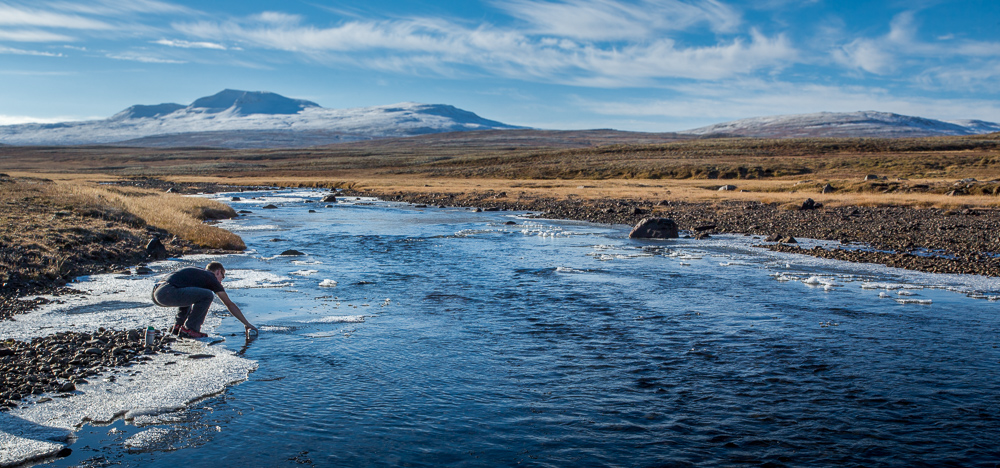
Our buddy Draper fills up his water bottle in a river in Western Iceland on Road F586–yes, the road goes right through the river.
If you stick to the Ring Road, you’ll have predictably paved roads and the views around every turn will be breathtaking. And even though it’s Iceland’s main highway, in some places you’ll feel like the only people for miles around. However, my two favorite days of our trip were the days we ventured off the Ring Road to the Snæfellsnes Peninsula and Seydisfjørdur in the Eastfjords. You will probably encounter some gravel roads; your reward is getting away from the tour buses and experiencing a side of Iceland that few tourists actually see. If you visit outside the high season, you might be the only tourists in town! We were certainly the only out-of-towners in Stykkishølmur.
Renting a car in Iceland
Of course, this is one of the biggest decisions you’ll make for your road trip and once you’ve addressed some of the questions above, you’ll be ready to decide what kind of vehicle you’ll need. If you visit in the summer and stick to the Ring Road, a sedan will probably be fine. In the spring, fall or winter, or venturing off the Ring Road in any season, a tough wagon or SUV will be necessary. All the rental websites in Iceland list which vehicles are suitable for the F Roads, Iceland’s notoriously rough mountain roads, so keep an eye out for that if you want to truly get into the wilderness. DO NOT take a car onto the F Roads unless the rental company listed it as suitable. These roads are tough even for seasoned mountain drivers.
Get a map–the old-fashioned paper kind
If you do venture off the Ring Road, get a road map and ask locals for advice. Neither Google Maps nor the little map in your Lonely Planet guidebook will prepare you for road conditions, which may start out pretty tame and then quickly take you by surprise. This happened to us, when an F road that looked like a short, easy little jaunt on my Lonely Planet map turned out to involve dozens of creek crossings, steep ascents and lots of ice that went on for hours–by far our most memorable day on the road in Iceland.
Planning stops and accommodations
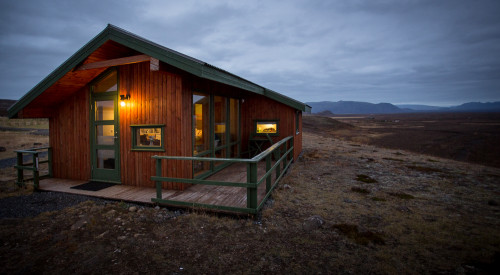
Our final place to stay was a perfect cabin overlooking Thingvellir National Park and the rift valley. www.lakethingvellir.is
If you’re visiting during the summer, you’ll need to book all your lodging well ahead of time. If you’re visiting during any other part of the year, you’ll at least want to call ahead and make sure places are open. Especially off the Ring Road in small towns, hostels and B&Bs will close down during quiet months unless they have a reservation. For our eight night trip, we booked six nights in advance and then called a day ahead of time to book the other two. Hotels are the most expensive lodging in Iceland; guesthouses and B&Bs are next and hostels are the most reasonable. If you don’t care for the dorm experience, keep in mind that many hostels in Iceland offer private rooms that are still far cheaper than what you’d find elsewhere. Airbnb and VRBO have many options, even in rural areas, and we loved the chance to stay in private homes, in real neighborhoods for a couple nights.
Meals and snacks on the road
One aspect of the road trip that is way different in Iceland than the United States is that people actually eat gas station food, especially hot dogs. From what I’ve heard, it’s a pretty solid meal and one of the best ways to save money, as restaurant meals add up quickly (you’d be hard-pressed to find a meal for less than $12 at a restaurant, even a bowl of soup). We really wanted to save money, so we brought a camp stove and dehydrated meals from REI, which taste way better than you’d think (they have pretty good desserts too). If you go this route, you will need to leave your fuel canisters at home and buy one at an outdoor gear store in Reykjavik like we did; you’re not allowed to have them in your luggage on the plane. These meals make great lunches for two people; just pull over at one of the scenic pull-offs and fire up the stove! You’re certain to have some of the most beautiful picnics of your life and at $7-$10 a pop, you’ll save a lot of money.
Speeding in Iceland: DON’T DO IT
Really, don’t. We’ve heard some horror stories and according to rumor, Icelandic police love to target foreign tourists. A ticket will run you hundreds of dollars (we’ve heard anywhere from $300 to $800 for a single ticket), and while you may never see a police car during the entirety of your trip, speed cameras are all over. If you get a ticket from the speed camera, it will first be sent to the rental car company and they’ll send the bill back home to you. It could be weeks before it comes in the mail, and nobody wants that for a souvenir! Besides, the speed limits exist for your safety; the roads twist and curve, there’s usually no shoulder or median, and overall the driving experience is much different than what we’re used to, at least in the U.S.
No matter when you decide to go, how long you’re there, or which direction you decide to travel, you’ll have an amazing experience driving around Iceland. If you have questions, comment below or email us!

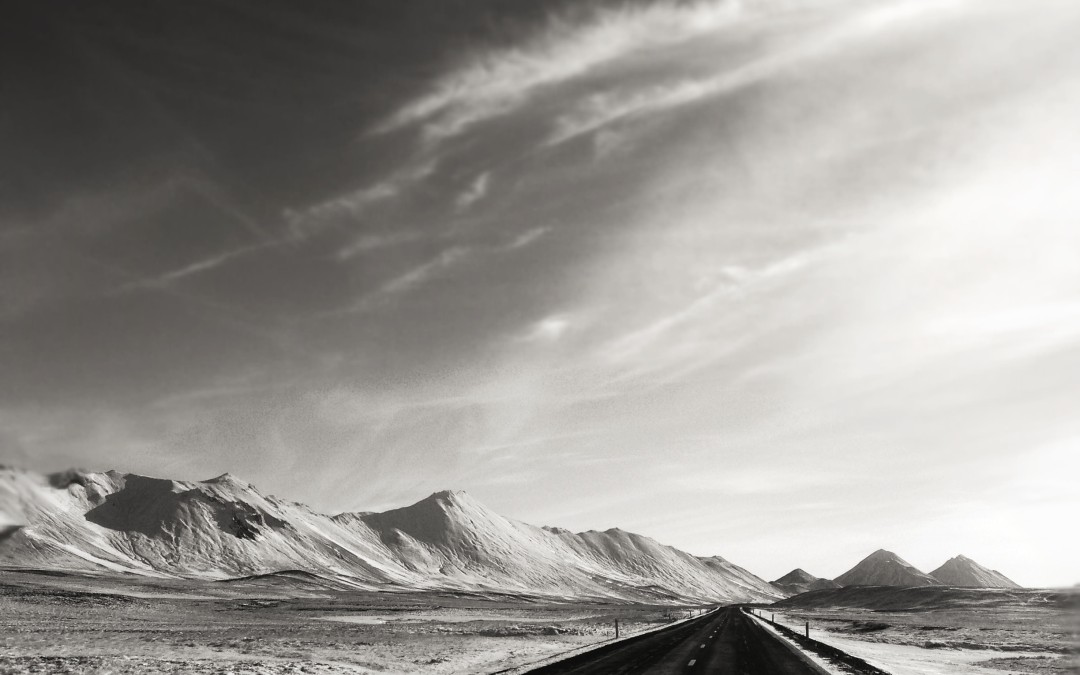
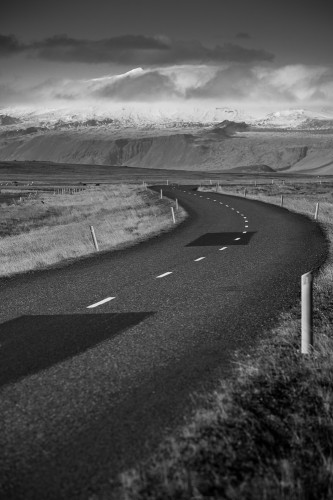
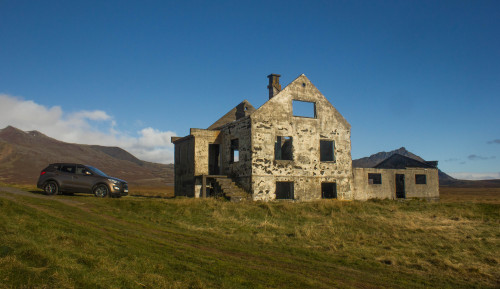
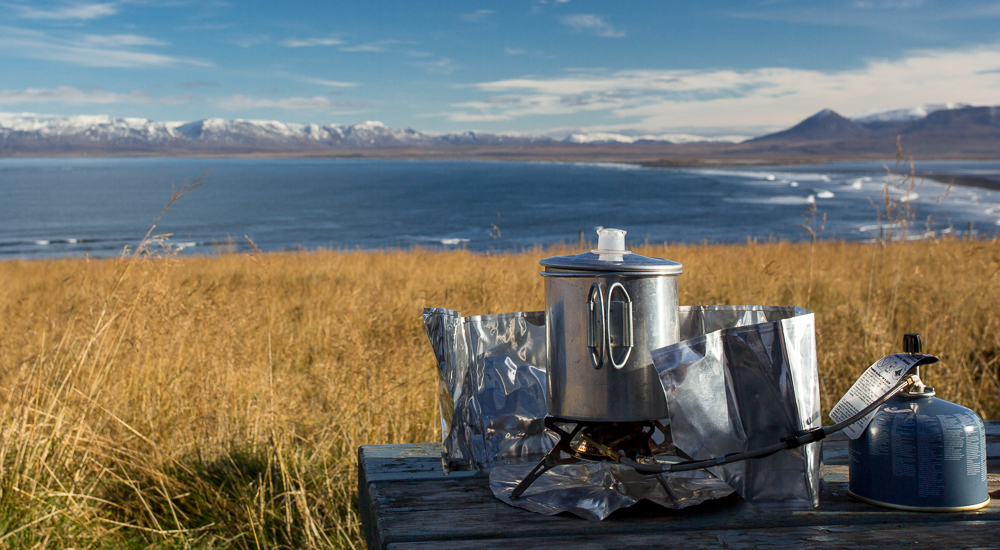

Thanks for all these recs! I’m currently putting together my own road trip through Iceland for October. I was wondering what kind of car you rented for your trip?
Hi Kathi! We rented a small SUV. I definitely recommend an SUV if you’ll be leaving the Ring Road at all—but whichever company you end up renting from will have rules about where you can and can’t drive their car (the mountain roads, for example, are off limits to most rental cars).